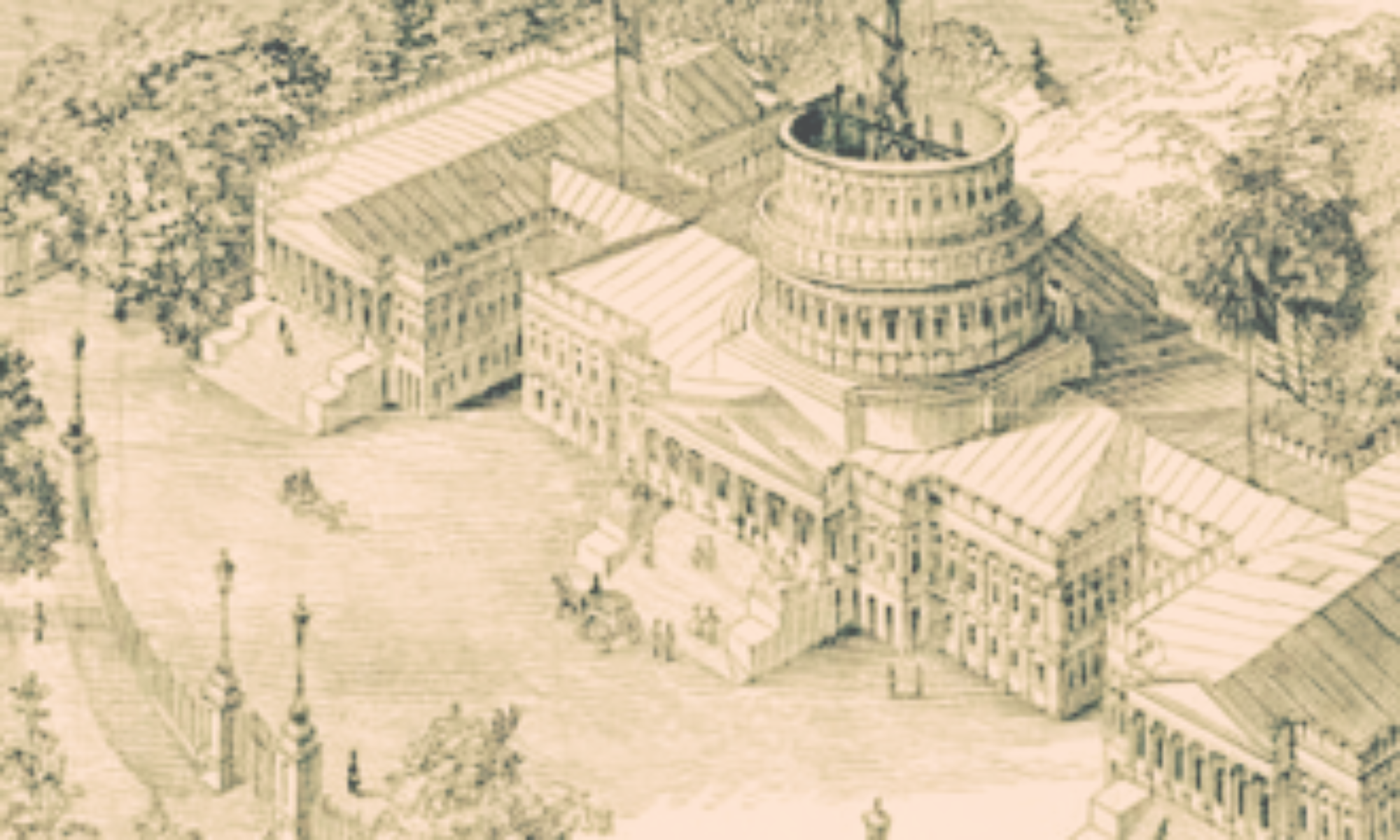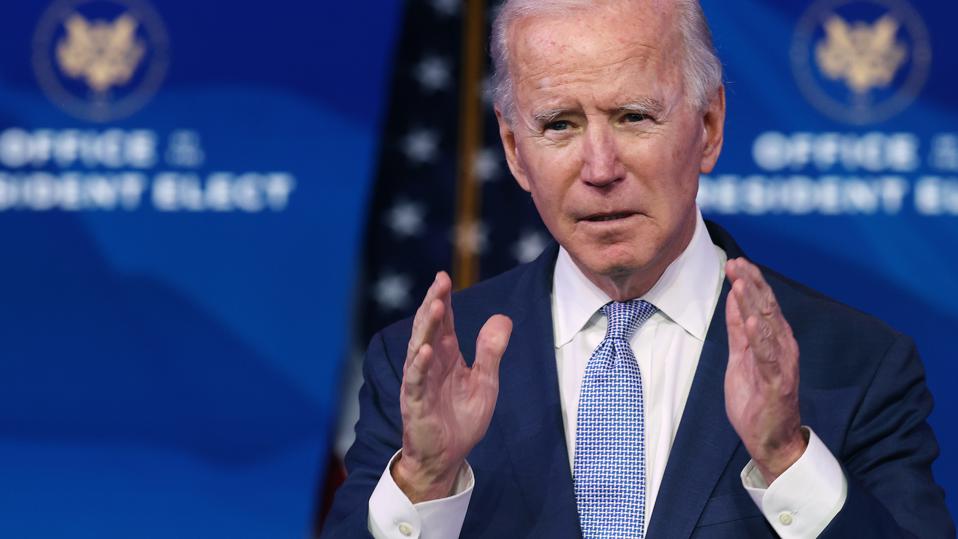After a flirtation with bipartisanship and compromise, the course for the next round of COVID relief appears to have come down to politics. Through the budget reconciliation process, the Democrats have the ability to pass a bill of their choosing without the need for Republican votes. This is the direction that President Biden has signaled he will pursue. Republican support for the package that Democrats ultimately agree to is welcome, but more as bystanders than stakeholders.
It’s disappointing but not unexpected, and certainly not unprecedented. Republicans used the reconciliation process to pass the Bush tax cuts of ’01 and ’03, and the Trump tax cuts of ’17 (President Obama had 60 votes in the Senate for his for his first two years and did not need to use reconciliation for the Stimulus or O-Care). If the same party controls Congress and the White House, reconciliation is the tool of choice to ensure undiluted policy priorities are enshrined in legislation.
The question remains whether this will be the right bill.
Politically, it is important for Biden to go big on his first major legislative initiatve, to establish himself and his presidency, and to fulfill several campaign promises. And many of Biden’s top aides, alumni from the Obama administration, have urged the President to “go big,” remembering the negotiations around Obama’s 2009 stimulus and the near fruitless effort to attract GOP votes with a smaller package. These advisors want to ensure Biden doesn’t repeat history.
The problem, of course, is that the current pandemic crisis today bears little resemblance to the challenges of Team Obama in 2009.
When President Obama assumed office, Congress had not passed any large scale stimulus. There had been a bank bailout, but no relief for citizens. However, unlike 2009, the US government has already gone big – very big – on stimulus in 2020. Between March and December, Congress approved $3.1 trillion in stimulus; the last $900 billion was signed into law on December 28th, only six weeks ago. While there is a real and continuing need for additional assistance, the Biden administration is not starting from scratch.
Chronically high unemployment has been a reason given by Democrats for immediate action. But again, 2009 and 2021 are different.
When Team Obama took over in January 2009, unemployment was continuing to increase, hitting a high of 10% in October 2009. With regard to the pandemic, the most catastrophic unemployment occurred last spring, when the official unemployment rate soared from 4.4% in March to 14.7% in April. The rate has dropped each month since, and stands at 6.3% for the month of January. While historically high compared to the last several years, the current rate is 57 percent less than the peak. While the US has a way to go to dig out of the jobs hole created by COVID, the trend line for unemployment is better. The goal is to keep it on that trajectory.
The same dynamic is playing out with GDP. In Q4 of 2008, when Obama was elected, the US economy contracted by -8.4%. In Q1 of 2009, when President Obama proposed the $787 stimulus, the economy was shrinking -4.4%. It was only in the period of April to December of 2009 that the economy began a slow recovery.
That contrasts significantly with 2020. In the first six months of the year, the US economy lost $2.2 trillion in value, due to the COVID pandemic. However, in Q3, the economy bounced back significantly with a gain of $1.7 trillion. In Q4 of 2020, which was just announced, the US economy grew by 4%. While the economy has further to go to reach pre-pandemic GDP, the worst of GDP loss appears to have passed.
Rather than replaying a script from over a decade ago, Biden and congressional Democrats should focus stimulus efforts on building a temporary financial bridge until the country can control, contain and systematically reduce the spread of COVID, catalyzing organic economic growth.
The math is straight forward. 70 percent of US GDP is based on consumer spending. Only with the confidence that COVID has been tamed will consumers return to the market. Indeed, while the early shutdowns caused wide ranging damage, the failure to return to something that looks like normal economic activity is not rooted in government edicts, but the social behavior of a majority of Americans who do not believe it is safe to resume a more normal life.
And as a snap shot in time, the news on COVID is improving.
New COVID cases are half of their January high. COVID hospitalizations have dropped 30 percent from their high. Even deaths are slightly down from previous peaks. The overall numbers remain gruesome and unacceptably high, but for the first time since autumn, the trend line is encouraging.
Further, nearly 10 percent of Americans have already received one of the COVID vaccines in production, and companies are significantly ramping up capacity. The goal of immunizing 100 million Americans by the end of April, once seen as unattainable, now appears too modest. In addition, COVID testing is finally robust, and an over-the-counter, at home test, similar to a pregnancy test, will be available later this year. PPE is abundant and more is on the way. New therapeutics are increasing the odds that a person hospitalized with COVID will survive.
If Team Biden builds on this, vaccinating as many Americans as possible in as short a period of time as possible, and can enable a real contact tracing system that allows states to quarantine new cases to prevent community spread, infection rates nationally should fall under 4 percent with similar reductions in hospitalizations and deaths. It won’t end the threat, but it will make the risks more manageable. Barring the mass spread of new strains of COVID that are unresponsive to vaccines, a variation of normal should return by autumn.
And that window is critical. In the last year, consumers have saved more than $1.5 trillion in disposable income. If we can beat the virus in the next seven months, that nest egg will likely catalyze an enormous boost in organic economic growth, that will have salutary benefits on business creation/expansion as well as unemployment, reducing the need for any additional government stimulus, and a return to normal
The challenge for Team Biden today is to avoid the temptation to do more than is necessary. The goal should be a package that is temporary and targeted. Including extraneous spending in this legislative proposal will only aggravate longer-term but issues in future years, and likely crowd out other worthy initiatives, such as infrastructure.

